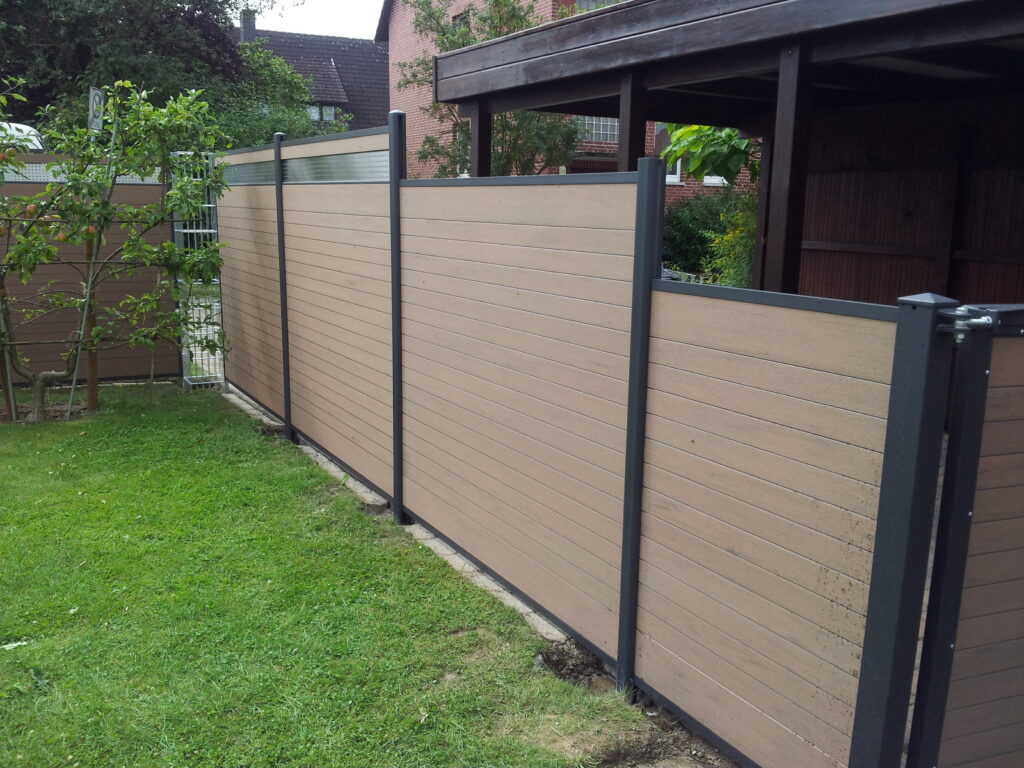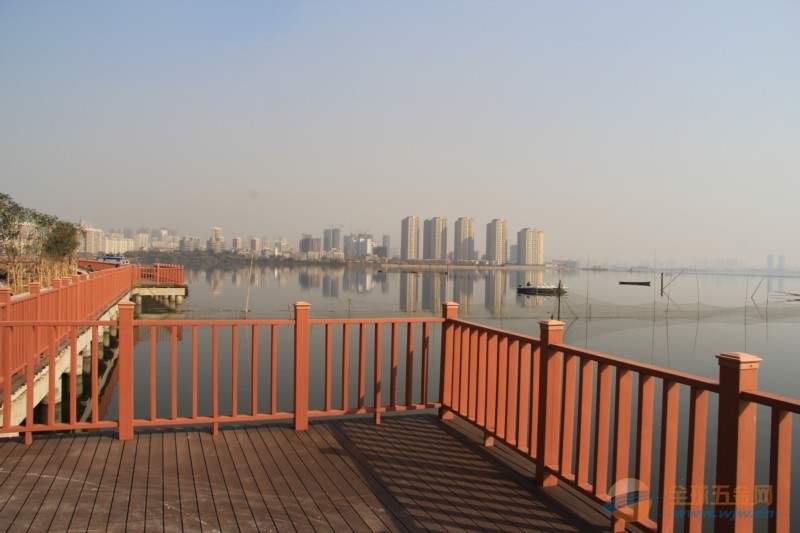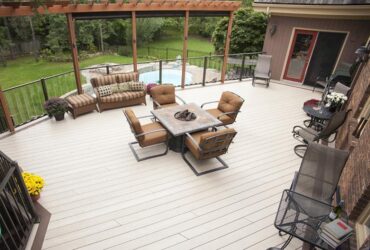Interface Bonding Theory Of Wood-plastic Composites
The formation and mechanism of the interface of wood-plastic composites are very complicated, and the relevant physical and chemical factors will affect the formation of the interface, the structure and stability of the interface, and then affect the mechanical properties of the composite material. For polymer matrix composites, the formation of the interface can be divided into two stages: the first stage is the contact and infiltration process between the matrix and the reinforcing fibers. Due to the different adsorption capabilities of the reinforcing fiber to various groups of matrix molecules and components in the matrix, it always adsorbs those substances that can reduce its surface energy, and preferentially adsorbs those substances that can reduce its surface energy more. The second stage is the curing stage of the polymer, during which the polymer is cured by physical or chemical processes to form a fixed interface layer. The curing process is influenced by the first stage, which directly determines the structure of the interfacial layer formed.

In the process of preparing wood fiber/plastic composite materials, under certain temperature and pressure conditions,Plastic becomes a viscous fluid substance with certain fluidity,In the two processes of the spreading and penetration of molten plastic fluid on the surface of wood fibers and the adsorption of wood fibers to plastics,The surface free energy status of wood fibers and plastics will affect the entire composite process and have an important impact on the properties of composite materials. The surface free energy of viscous plastics is less than that of wood fibers, so viscous plastics tend to spread automatically on the surface of wood fibers and form new composite interfaces.

Generally, the phase interface in the wood fiber/plastic composite system is a region with a certain thickness (transition zone),This region is composed of movable parts between two adjacent phases, in which macromolecular chain segments can diffuse with each other, and there is chemical bonding at the interface. The combination of factors such as diffusion, wetting of macromolecular chains, morphology of phase interface, physical and chemical composition, and intermolecular forces determine the mechanical strength of the interface region of wood fiber/plastic composites.

The function of the interface layer is to make the matrix and the reinforcing material form a whole and transmit stress through it. In order to transmit stress uniformly inside the composite material and show its excellent performance, it is required to form a complete interfacial layer during the preparation of the composite material.The interface layer has a great influence on the mechanical properties of the composite material. Considering the strength and stiffness of the composite material, it is beneficial to achieve a relatively firm and perfect interface bond.It can significantly improve the tensile strength and shear strength in the transverse direction and between layers, and can also appropriately increase the tensile modulus and shear modulus in the transverse direction and between layers. For materials made of wood fiber and plastic composites, if the interface is well bonded, the allowable stress can be transmitted between the plastic and wood fiber body. On the contrary, if there is a bad interface, it will affect the transmission of stress in the composite material, and the interface will break or delaminate when the material is subjected to external force, resulting in a decrease in the strength of the composite material. According to the interface binding theory between wood fiber and plastic matrix, the modification of wood fiber or plastic will help to obtain a well-bonded composite interface and produce wood-plastic composite materials with better performance.


